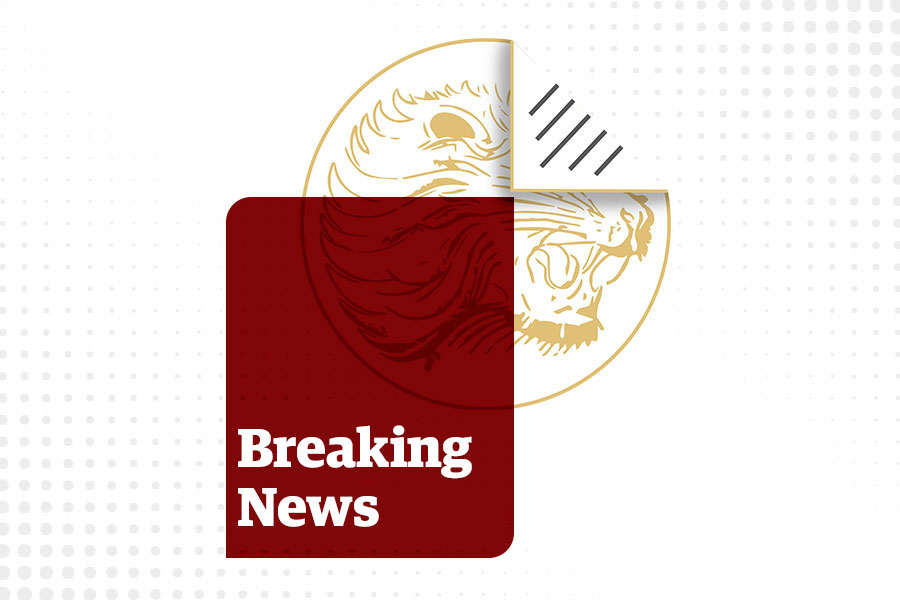
Feb 13 , 2021
By Abdulmenan M. Hamza
Domestic debt has become a serious burden to highly indebted SOEs, while external debt is seriously affecting the country's balance of payments. The government has pursued two broad approaches to address the problems, which may cause more problems than they address if not implemented with care, writes Abdulmenan Mohemmed (abham2010@yahoo.co.uk), a financial statement analyst with two decades of experience.
Expanding public debts, which are behind the past decade's economic growth, have reached a point where the government cannot sweep them under the rug. It is becoming glaringly visible, and the government is seeking urgent solutions.
The state-driven industrialisation efforts of the past decade (chiefly through investment in infrastructure and mega projects) have demanded considerable resources. But since the country has a small tax base, insufficient domestic savings and little mineral resources, the government has been forced to accumulate massive debt, both domestic and external.
Both the federal government and state-owned enterprises (SOEs) have played a great part in the debt build-up. They have heavily leveraged concessional and commercial external loans. The government has sourced the former from bilateral and multilateral lenders at generous terms. In contrast, the SOEs have secured loans on commercial terms, either guaranteed by the government or secured against their assets.
Between 2017 and September 30, 2020, outstanding external debts (central government, government-guaranteed and non-guaranteed) increased by over 21pc to 29 billion dollars. The government-guaranteed and non-guaranteed debts, taken by SOEs chiefly on commercial terms, account for over a third of the total external debts. Annual debt servicing, both principal and interest, soared by about 55pc to two billion dollars. The soaring debt servicing payment, which accounts for 60pc of total loan disbursement, must have caused a serious strain on the balance of payments.
Beside external borrowing, the domestic banking sector has been profoundly used for supporting government development plans. In the three years since 2017, outstanding domestic debts nearly doubled to 945 billion Br. The debt taken from the Commercial Bank of Ethiopia (CBE) represents 53pc of this.
Such a dire debt situation is causing severe financial problems. Domestic debts have become a serious burden to the highly indebted SOEs, while the external one is seriously affecting the balance of payments. The government has pursued two broad approaches to address the problems — creating a new corporation and considering a restructuring of the debts. The former approach mainly focuses on domestic debts, whereas the latter is deemed to deal with external ones.
To deal with domestic debts, the Liability & Asset Management Corporation has been established to absorb the massive debts of SOEs, which have tainted their financial picture and thrown their viability into doubt. The corporation's capital of over half a trillion Birr is the biggest in the country's history.
But the formation of the new Corporation is window dressing of the problem, which probably makes the financial picture of the massively indebted SOEs look sound but fails to tackle the underlying problem. Without a serious financial and operational restructuring of the original borrowers, shuffling their debts to a new entity will not address the problem. The new corporation rather becomes a dumping ground for toxic debts, which will eventually poison the economy. Such financial arrangements have proven disastrous time and again.
Instead, the government should set out plans to make the original borrowers operationally and financially viable for them to redeem their debts. Otherwise, once their debts are taken off their balance sheets, they may lose the motive to settle their loans. Moreover, as the Corporation will be new to their operational and financial aspects, and may struggle to have the means to improve their financial performance, forcing it to continue to carry the massive debts on its books.
The second approach targets external borrowing. The government is considering a restructuring of its external debts, including commercial ones under a G20 framework. Unsurprisingly, the news of the government’s intent drove the one-billion-dollar Eurobond of Ethiopia down.
Debt restructuring is usually sought when a country is on the brink of default on its existing debts. The structuring package may include an extension of the repayment period, debt haircut and writing off accumulated interest. For instance, Ethiopia secured a loan extension on its debt taken to finance the Addis Abeba-Djibouti rail project when it struggled to repay the Export-Import Bank of China three years ago. The restructuring was made on friendly terms.
Other commercial debt restructuring may not be as convenient as the Chinese one, nonetheless. It may further tarnish the debtor country's credit standing, which will make future borrowing difficult or expensive. Thus, this measure should be taken as a last resort. But securing restructuring of the debts taken from bilateral and multilateral lenders will ease the burden of external debt servicing.
What is more crucial is the need to address what is lacking to avoid such massive debt accumulation — improving the debt management system and instituting accountability. The problem with the SOE debts has emanated from issues such as poor project execution, questionable feasibility studies and an unsuitable financing mix. Projects relying on commercial loans require a serious evaluation, implementation and accountability for failures. They are too expensive, have shorter repayment periods, and tougher terms that force discipline.
PUBLISHED ON
Feb 13,2021 [ VOL
21 , NO
1085]


Radar | Aug 08,2020
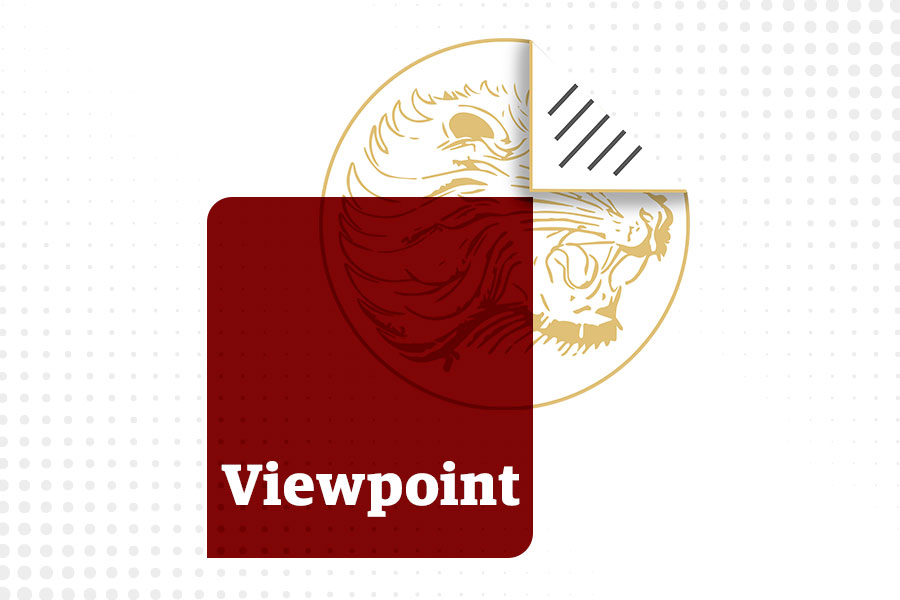
Viewpoints | Jul 30,2022
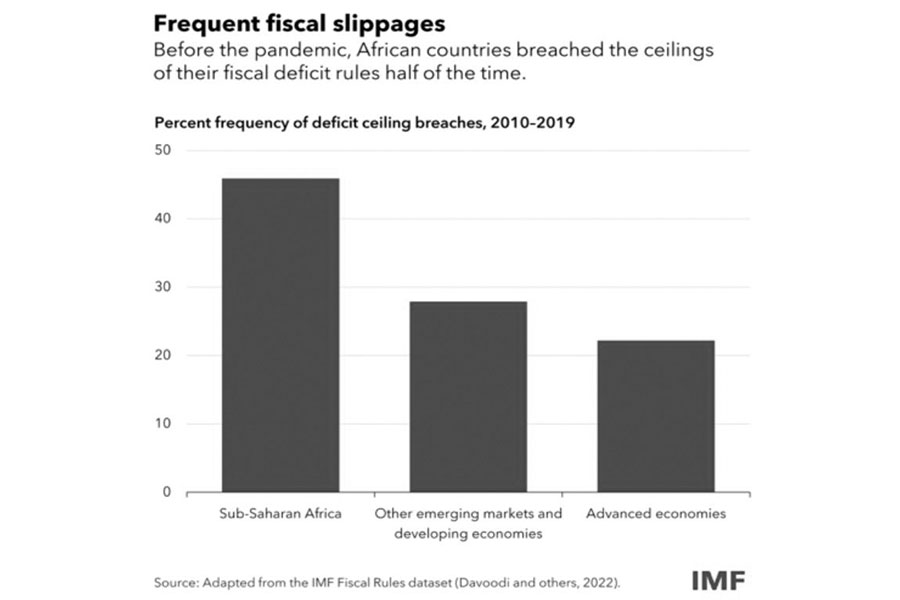
Commentaries | Sep 30,2023
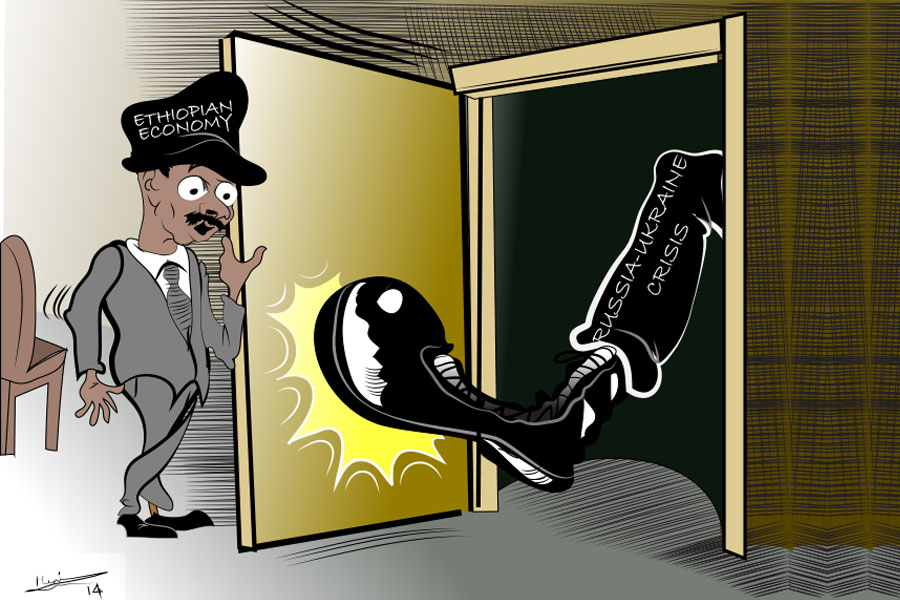
Editorial | Mar 05,2022
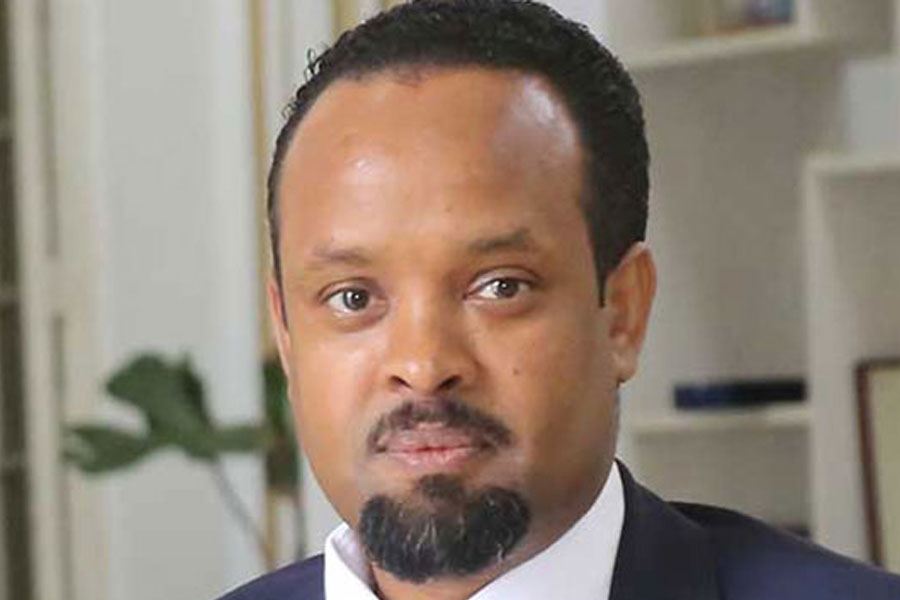
Fortune News | May 20,2023

Radar | Mar 16,2024
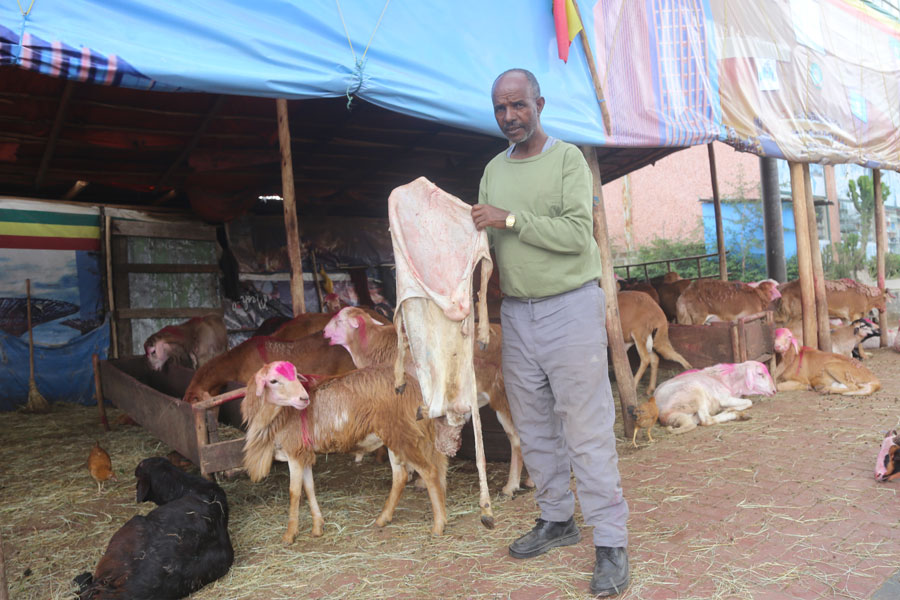
Agenda | Jan 13,2024

Radar | Sep 21,2019

Viewpoints | Dec 23,2023

Viewpoints | Apr 26,2019

My Opinion | 131451 Views | Aug 14,2021

My Opinion | 127803 Views | Aug 21,2021

My Opinion | 125784 Views | Sep 10,2021

My Opinion | 123419 Views | Aug 07,2021

Dec 22 , 2024 . By TIZITA SHEWAFERAW
Charged with transforming colossal state-owned enterprises into modern and competitiv...

Aug 18 , 2024 . By AKSAH ITALO
Although predictable Yonas Zerihun's job in the ride-hailing service is not immune to...

Jul 28 , 2024 . By TIZITA SHEWAFERAW
Unhabitual, perhaps too many, Samuel Gebreyohannes, 38, used to occasionally enjoy a couple of beers at breakfast. However, he recently swit...

Jul 13 , 2024 . By AKSAH ITALO
Investors who rely on tractors, trucks, and field vehicles for commuting, transporting commodities, and f...

Jun 28 , 2025
Meseret Damtie, the assertive auditor general, has never been shy about naming names...

Jun 21 , 2025
A well-worn adage says, “Budget is not destiny, but it is direction.” Examining t...
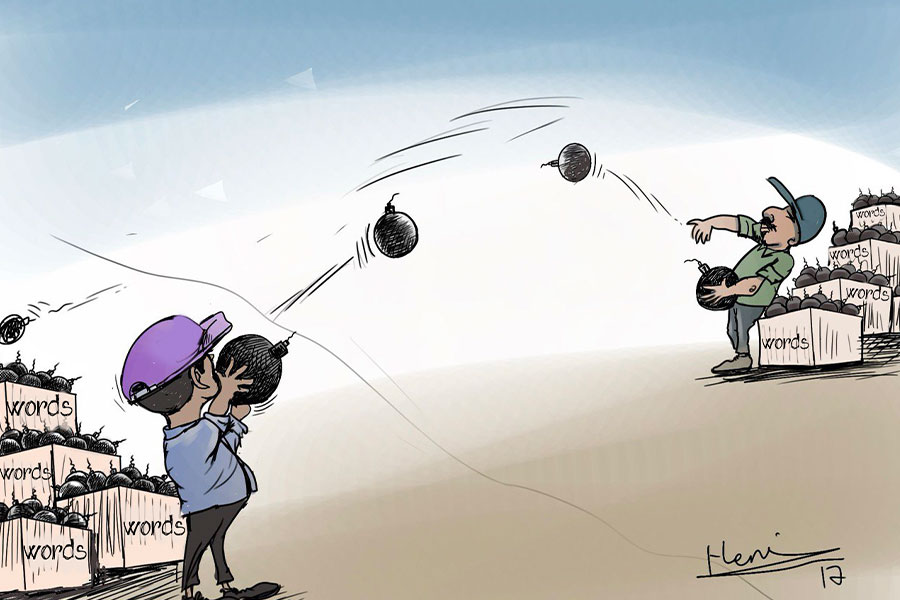
Jun 14 , 2025
Yet again, the Horn of Africa is bracing for trouble. A region already frayed by wars...
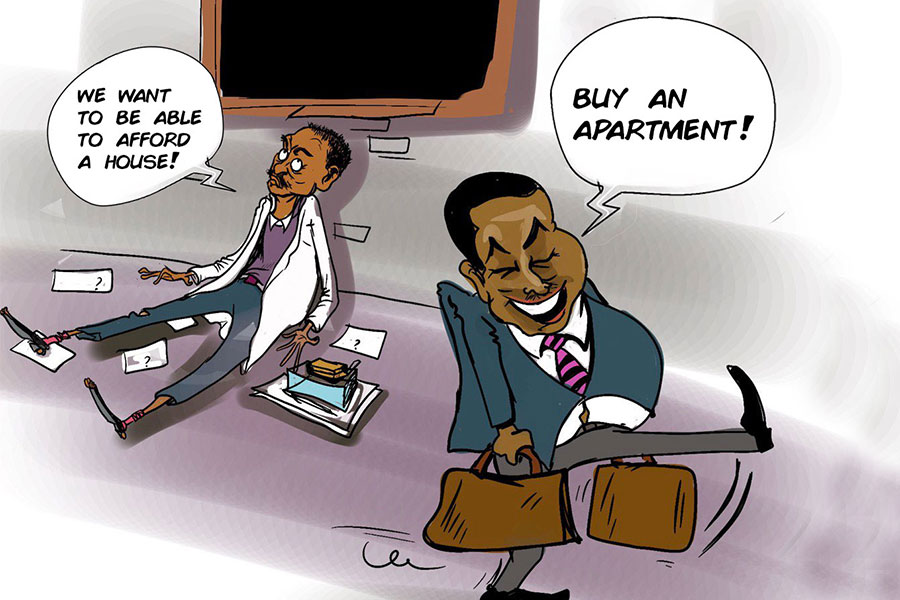
Jun 7 , 2025
Few promises shine brighter in Addis Abeba than the pledge of a roof for every family...
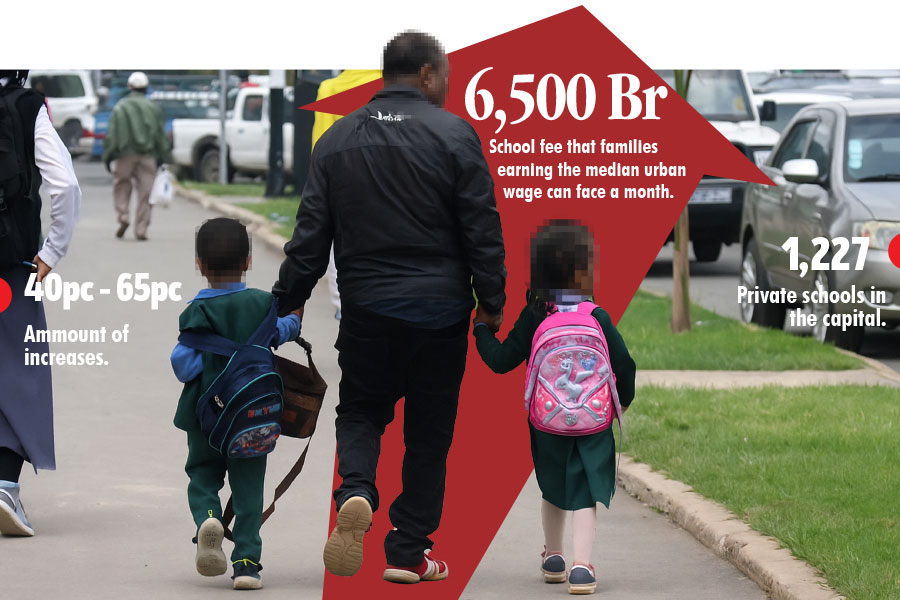
Jun 29 , 2025
Addis Abeba's first rains have coincided with a sweeping rise in private school tuition, prompting the city's education...
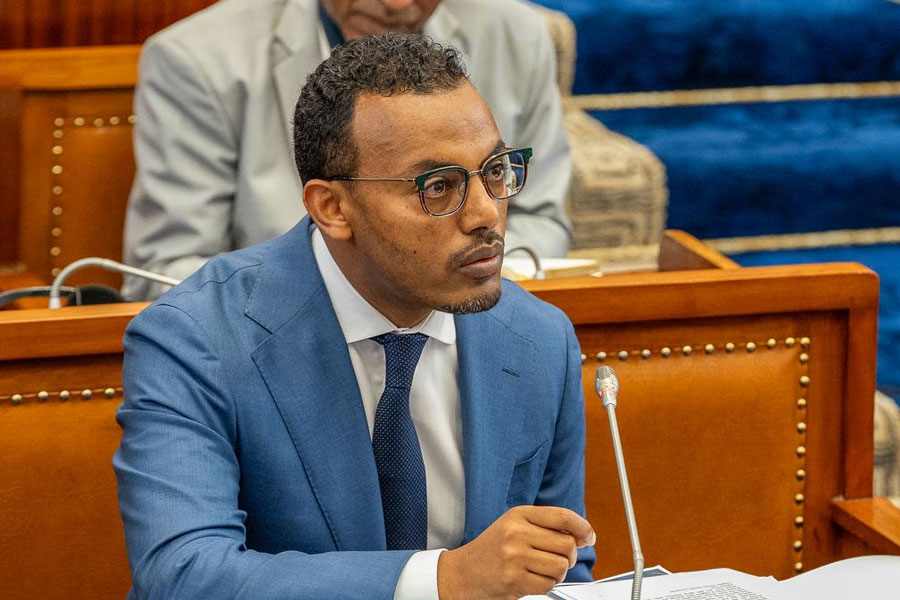
Jun 29 , 2025 . By BEZAWIT HULUAGER
Central Bank Governor Mamo Mihretu claimed a bold reconfiguration of monetary policy...

Jun 29 , 2025 . By BEZAWIT HULUAGER
The federal government is betting on a sweeping overhaul of the driver licensing regi...

Jun 29 , 2025 . By NAHOM AYELE
Gadaa Bank has listed 1.2 million shares on the Ethiopian Securities Exchange (ESX),...